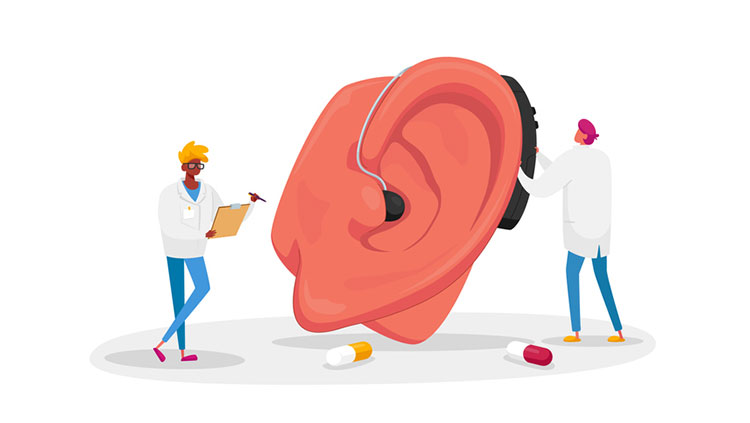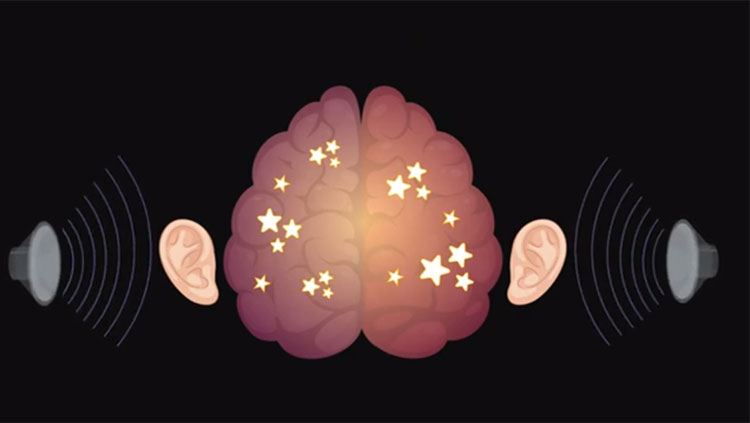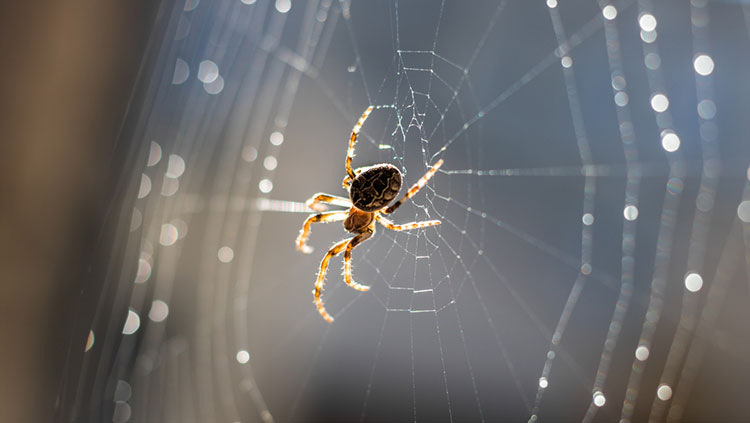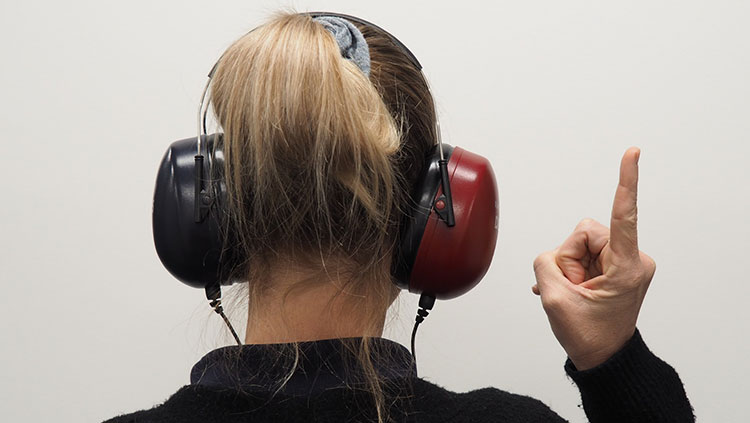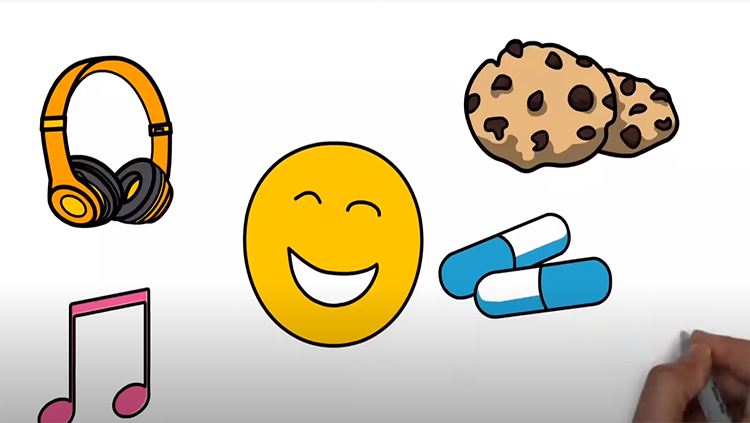The More You Hear, The Less you Hear
- Published19 May 2016
- Reviewed13 May 2016
- Source BrainFacts/SfN
Specialized cells in the inner ear turn vibrations in the air into what we perceive as sound. However, over time or after prolonged exposure to loud noises, these cells can become damaged and die, leading to hearing loss. Learn more in this video by application scientist Vania Cao, an honorable mention in the 2015 Brain Awareness Video Contest.
Want to see your video here? Learn more about the Brain Awareness Video Contest and start planning your submission today!
CONTENT PROVIDED BY
BrainFacts/SfN
Transcript
What’re you listening to?
What?
What’re you listening to?
Huh?
What're you listening to?
Say What?
I think you might’ve lost some hair cells, my friend.
What’re you talking about? My hair’s just fine.
Not those hair cells. These hair cells. Inside your ears. Hair cells allow us to hear, but they can be damaged if we don’t protect them.
I’m ok, I’m young. I have great hearing.
You’ve already lost some ability to hear certain sounds, you know.
No way. I don’t believe you.
Ok. Let’s do a test! See what’s the highest frequency, or highest pitch that you can hear:
Frequency 1 (Yep)
Frequency 2 (I hear that)
Frequency 3 (I’m waiting for the next one)
Frequency 4 (I don’t hear anything)
Even though we all hear less and less as we get older, I bet other people in your age range can hear those last few. Seems you’ve done extra damage by listening to really loud music a lot without protecting your ears.
Woah. That’s not good. How did this happen?
Let’s start at the beginning! Sound, in the form of air pressure waves, is captured by your outer ear, funneled in by your fleshy pinna, through the ear canal, to the middle ear, which starts at your eardrum. The eardrum vibrates with the incoming sound and three tiny bones known as the ossicles amplify the vibrations, passing them on to the spiral, fluid-filled bony cochlea in your inner ear. This is where mechanotransduction takes place.
Mechanotransduction?
Mechanotransduction is the process of turning mechanical stimuli like sound vibrations into electro-chemical signals.
But how do the vibrations get to my brain?
You can thank the Organ of Corti inside your cochlea! No, not that organ. Here, you have one row of inner hair cells, and three rows of outer hair cells. Depending on where a hair cell sits on the basilar membrane inside the cochlea, those hair cells will respond to either higher frequencies (near the base of the spiral) or lower frequencies (towards the top of the spiral).
Hair cells work by using their little bundles of protrusions, called stereocilia, to detect vibrations inside the cochlea. They’re kind of like seaweed swaying in an ocean current. The stereocillia are linked to one another, opening channels in the hair cells as they move, causing the hair cell to signal to your brain that they’ve detected a specific frequency of sound.
Inner and outer hair cells have different functions. Inner hair cells are what tell your brain about incoming sounds. Outer hair cells will “dance” to amplify sound. Watch this outer hair cell go!
Yeah, hair cell’s got moves!
The problem comes when sound is too loud, or very loud for prolonged periods of time. Take a look at the loudness of common noises that many of us subject our ears to.
Noises that are 85 decibels or greater have the potential to cause hearing loss, through what’s called acoustic trauma, and death of your hair cells. Death by vibration, if you will!
If enough hair cells located in a certain region of the cochlea die, that will leave you unable to detect that specific frequency of sound. This damage is often signaled by a constant ringing in your ears, called tinnitus.
I have ringing in my ears!
Never fear; you might be able to recover from temporary damage. But keep listening to really loud music all the time, and those cells may never come back. Use earplugs in noisy places.
Earplugs aren’t cool.
They might not look cool, but it’s important to protect your hearing. While scientists are looking into how to regenerate hair cells to try and cure noise-induced hearing loss, it’s best to prevent as much damage as we can on our own!
This means turning down the volume of your music, using earplugs at concerts, and wearing hearing protection when recommended. Take care of your hair cells, and they’ll keep swaying, and dancing for years to come!
Also In Hearing
Trending
Popular articles on BrainFacts.org



